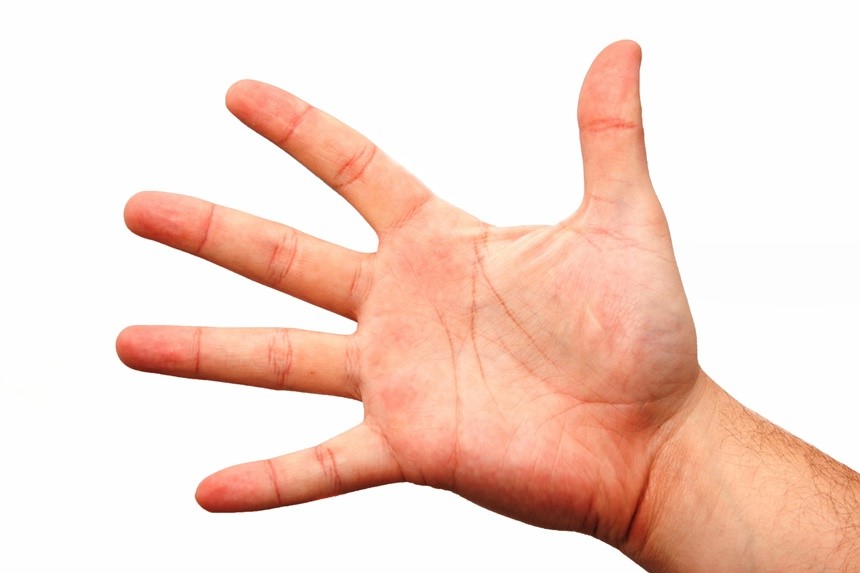We are pleased to bring you this regular column by Dr. David Creel, a licensed psychologist, certified clinical exercise physiologist and registered dietitian. He is also credentialed as a certified diabetes educator and the author of A Size That Fits: Lose Weight and Keep it off, One Thought at a Time (NorLightsPress, 2017).
Do you have a weight loss question for Dr. Creel? Email him at [email protected]. He may answer your question in a future column.
In the next few articles, patients and colleagues provide their own recipes for weight loss success. The stories and advice are down-to-earth and powerful. I learned a great deal from them, and I believe you will too.
Bill: The Experienced Psychologist
Over the years, Bill Hilgendorf has treated many patients with a variety of psychological disorders. He works full-time for a bariatric center and has a small private practice on the side.
Bill is a great listener, with no urgency to jump in and give his opinion. He slides into conversation with caring words or his sense of humor, which often involves a witty play on words. He is a skilled clinician and caring person. I would send a patient or a family member to him without hesitation.
When summing up his recipe for success, Bill referred to the characteristics of the 30 or so patients who serve as mentors to others involved in his program. He noticed these superstars seem to have five things in common. He uses a hand illustration to describe the components of long-term weight management success: The thumb represents what we eat and the four fingers are connected to these choices:
- Thumbs up reminds us to choose food that will nourish our bodies and provide energy.
- Tapping your index finger gently on your temple can remind you to eat mindfully. Think when you eat. Pay attention to feelings of hunger and fullness rather than simply eating by the clock, eating because food is available, or eating because others are doing it.
- Of course the middle finger is physical activity. Sticking your middle finger in the air by itself can lead you to think exercise is a dirty word. But when we look at the middle finger as part of a hand, it’s at the center of everything. Without that finger a hand doesn’t work efficiently. Without regular physical activity, we’re unlikely to lose weight and keep it off. Our focus can be on both regular exercise (working out) as well as staying active during a typical day.
- The ring finger is Bill describes getting support with the three I’s.
- Inspirational support: Find people, groups, or activities that motivate you to keep on keeping on. These are often our friends who listen to us, encourage us, or simply provide a shoulder to cry on.
- Informational support: Seek out friends, mentors, or professionals who can offer advice or provide education to enhance the weight management journey.
- Instrumental support: This type of support comes from people who aren’t afraid to get their hands dirty. They help you prepare healthy meals, exercise with you, or babysit your toddler so you can go to the gym regularly.
- The pinkie reminds us of small things that make a big difference. They fall under the category of self-awareness and include food and activity tracking, self-weighing, measuring portion sizes, journaling your thoughts, and getting regular feedback from a professional.
Become a Saturday Evening Post member and enjoy unlimited access. Subscribe now



